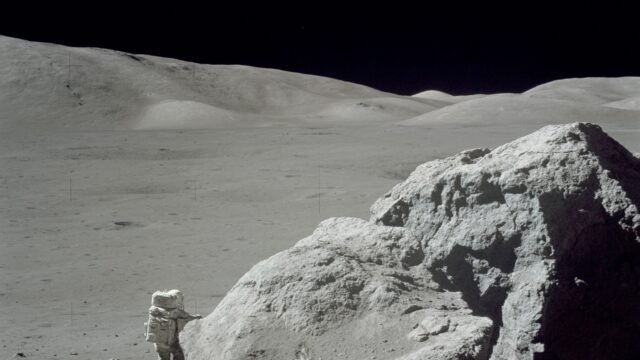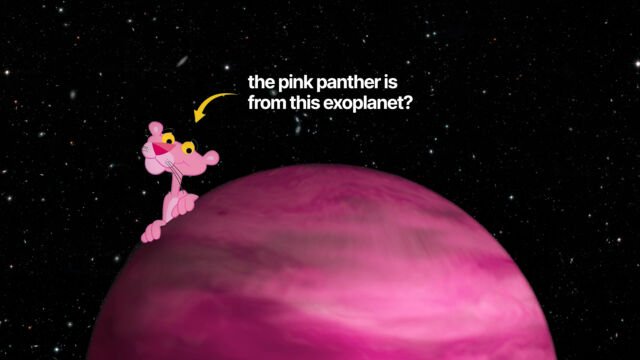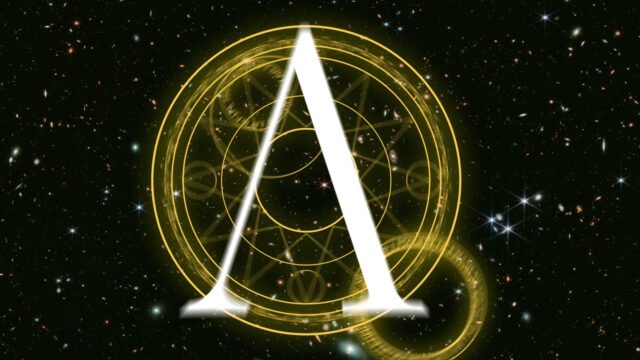California Institute of Technology (Caltech) announced that it has received and transmitted solar power back to Earth from outer space.[1]
According to researchers at the university, they beamed solar power from space to Earth without a single wire, this is the first time solar power has been transmitted to Earth using a satellite.
The researchers conducted the power transfer experiment using the Microwave Array for Power-transfer Low-orbit Experiment, or MAPLE.
MAPLE is a small prototype aboard the in-orbit Space Solar Power Demonstrator (SSPD-1) launched in January 2023.
Caltech in their press release explained that the prototype harvested sunlight before converting it into electricity and beaming it via an array of flexible, lightweight microwave power transmitters.
They were transmitted back to Caltech’s Gordon and Betty Moore Laboratory of Engineering on Caltech’s campus in Pasadena.
The experiment MAPLE was led by Ali Hajimiri, Bren Professor of Electrical Engineering and Medical Engineering.
Professor Ali Hajimiri, “Through the experiments we have run so far, we received confirmation that MAPLE can transmit power successfully to receivers in space.”
He added, “We have also been able to program the array to direct its energy toward Earth, which we detected here at Caltech.
We had, of course, tested it on Earth, but now we know it can survive the trip to space and operate there.”
How Does the MAPLE Work?
MAPLE is one of three important experiments within SSPD-1, and it consists of a network of flexible, lightweight microwave power transmitters.
They are powered by specialized electronic chips created with low-cost silicon technologies, It beams energy to specific regions using an array of transmitters.
To make SSPP practical, energy transmission arrays must be lightweight to reduce the fuel required to transport them into space.
It must also be flexible enough to fold up into a package small enough to be delivered in a rocket and a low-cost technology in general.
MAPLE uses two receivers to gather solar energy and convert it to direct current electricity, the electrical supply was used to power two LEDs within the prototype.
According to Gizmodo, the researchers could light up one LED at a time by changing the broadcasts across the receivers, MAPLE also has a window that allows it to beam energy to Earth.
MAPLE can dynamically focus and alter the direction of transmitted energy, It exploits both positive and negative interference between individual transmitters, delivering remarkable efficiency without using any moving parts.
The success of MAPLE demonstrates the potential of space solar power as a possible alternative to fossil fuels and the global energy crisis.
References
- California Institute of Technology, ‘In a First, Caltech’s Space Solar Power Demonstrator Wirelessly Transmits Power in Space‘, June 1, 2023, https://www.caltech.edu/about/news/in-a-first-caltechs-space-solar-power-demonstrator-wirelessly-transmits-power-in-space[↩]





